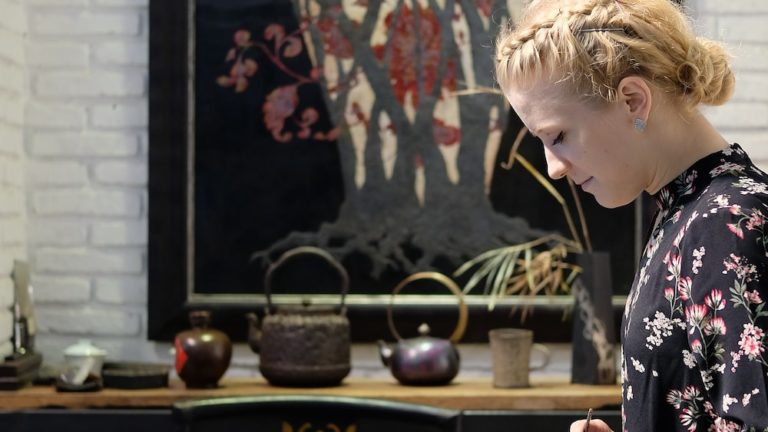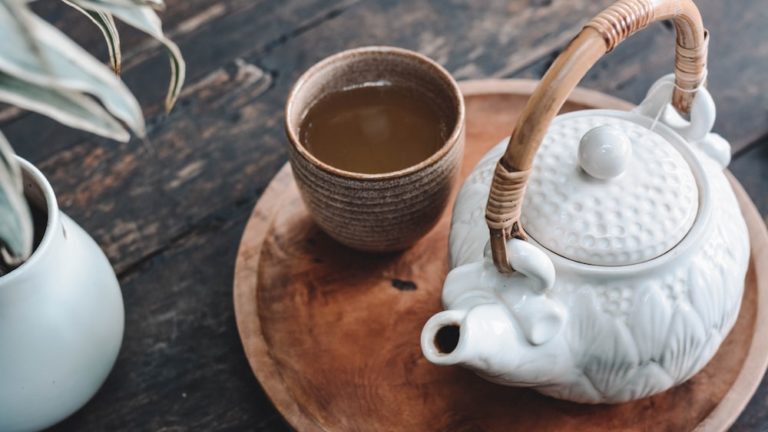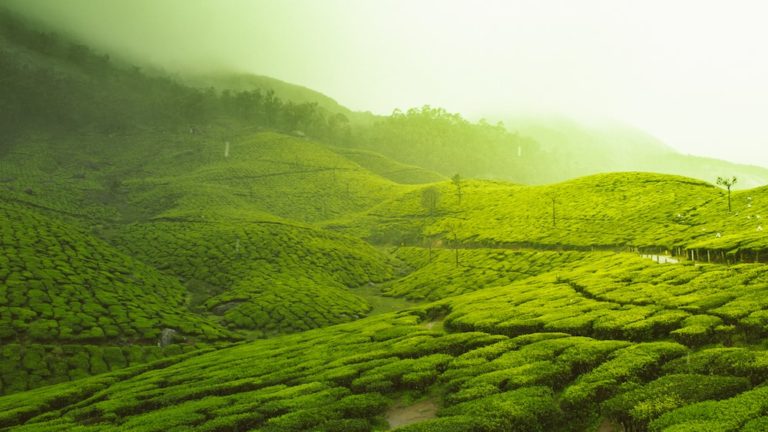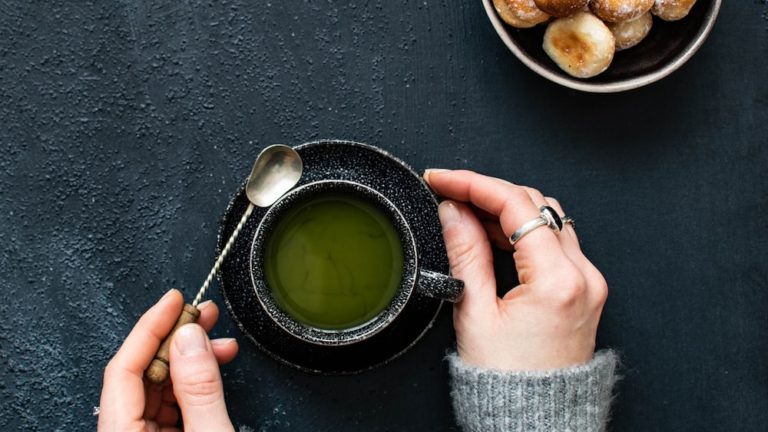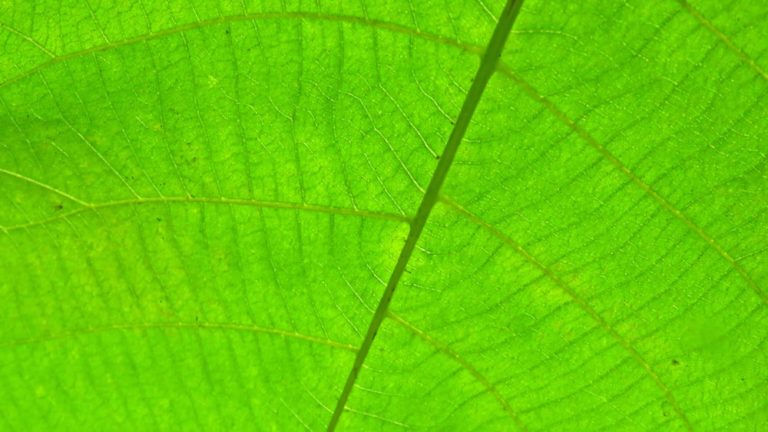Ultimate Guide: How To Make Twig Tea At Home
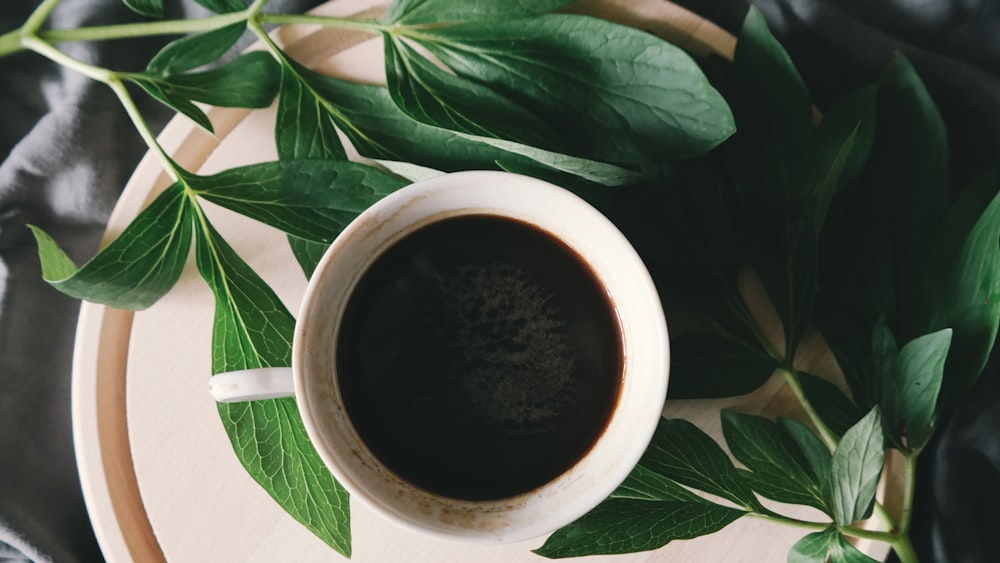
Ultimate Guide: How To Make Twig Tea At Home
Welcome, fellow tea aficionados! If you’re on a quest to broaden your tea-drinking horizons or simply looking to infuse a bit of nature into your daily wellness ritual, you’ve likely pondered how to make twig tea at home. Fear not, for you’re about to embark on a journey that’s as enriching as it is aromatic.
Key Points:
- Twig tea is made from the twigs and stems of the tea plant, offering a milder flavor compared to leaf-based teas.
- Twig tea originates from Japan, known as Kukicha, reflecting a culture of sustainability and mindfulness.
- Twig tea contains essential minerals, antioxidants, and L-theanine, promoting heart health and relaxation.
- Sourcing quality twigs is essential for optimal tea brewing, focusing on young, slender twigs from environmentally friendly farms.
- Making twig tea involves cleaning and roasting the twigs before brewing at the right temperature for 3-5 minutes.
- Twig tea pairs well with pastries, nuts, and dried fruits, offering a unique dining experience.
- Twig tea can be reinfused, stored properly, suitable for all ages, and requires specific tree branches for brewing.
Twig tea, or as it’s known in more sophisticated circles, brings the essence of the tea plant straight into your tea pot, minus the conventional leaves. It’s like discovering that the music you’ve been enjoying actually has an acoustic version – same soul, different vibe.
This guide is your ticket to mastering the art of twig tea making. From sourcing the right twigs to brewing a cup that sings to your soul, we’re covering everything. Prepare to steep yourself in knowledge, and let’s not forget, a fair bit of tea too.
What is Twig Tea?
Have you ever looked at a tea plant and thought, “I bet there’s more to this than just the leaves“? Well, you weren’t wrong. Twig tea is the tea world’s best-kept secret, sitting quietly in the shadow of its green tea and black tea relatives, waiting for its moment in the sun.
Defining Twig Tea
Twig tea is exactly what it sounds like: tea made from the twigs and stems of the tea plant. While tea leaves hog all the limelight for their rich flavor and health benefits, the stems and twigs are like the humble back-up singers that finally get their solo performance. This unique tea offers a milder flavor, a lighter color, and an entirely different set of nutrients and health benefits from its leaf-based counterparts.
In fact, twig tea is not just a byproduct of tea production but a standalone beverage with its own identity. It’s a testament to the idea that every part of the plant has value, transforming what might have been discarded into a delicately flavored, healthful drink.
Every part of the plant has value, even the stems and twigs, transforming what might have been discarded into a delicately flavored, healthful drink.
The Origins and Cultural Significance of Twig Tea
Twig tea has roots that stretch deep into the soils of Japan, where it is known as Kukicha. This tea isn’t just a drink; it’s a reflection of Japanese ingenuity and a culture that abhors waste. Farmers would collect the twigs, stems, and stalks left over from the green tea harvest, giving new life to what otherwise might be overlooked.
The cultural significance of twig tea in Japan is immense, often linked with Zen Buddhism and the art of tea ceremony, where every minor detail is imbued with meaning and intentionality. This background sets twig tea apart from its more commonly known counterparts, painting a picture of a beverage that’s saturated in tradition and mindfulness.
Moreover, in a world that increasingly values sustainability, the story of twig tea offers a tantalizing glimpse into a more eco-conscious consumption pattern. It’s a narrative that resonates with tea drinkers around the globe, making every sip a connection to both the earth and an ancient culture.
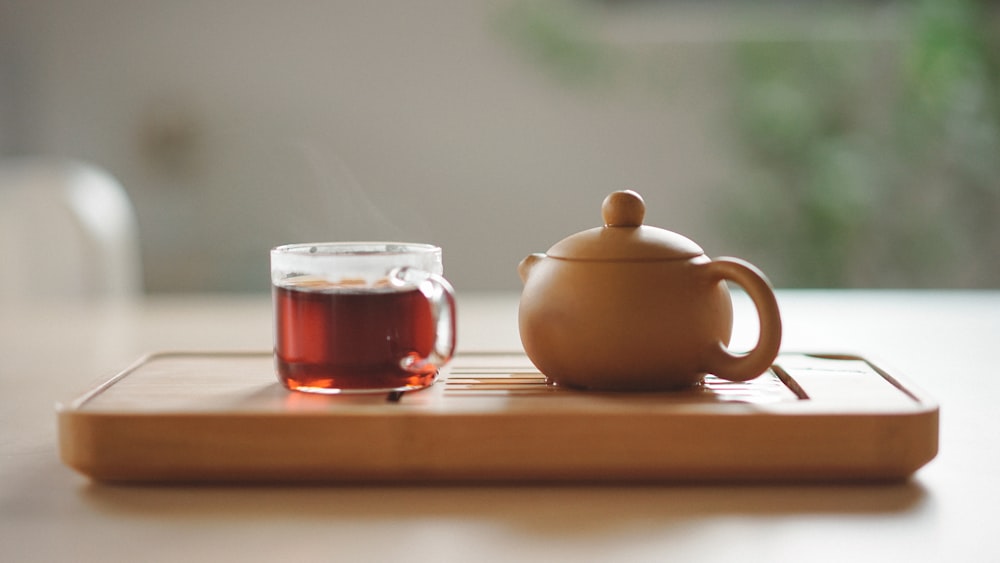
Types of Twig Tea
While you might picture twig tea as a single-note symphony, the reality is it’s more like an entire genre, with different types and flavors dotting the globe. Let’s embark on a tea-tasting tour, shall we?
Kukicha: The Japanese Twig Tea
Kukicha, or twig tea, stands out in the vast world of Japanese teas. This particular variety is crafted not from the leaves, but from the stems, stalks, and twigs of the tea plant. Picture it as the backbone of the plant, offering up a brew that’s delightfully mild yet invigorating.
Kukicha is often harvested as a byproduct of more famous leaves like sencha or gyokuro, making it a testament to zero-waste principles. It boasts a unique flavor profile, with subtle nutty undertones and a hint of creamy sweetness, all while packing a lower caffeine content compared to its leafy counterparts.
Other Varieties of Twig Tea Around the World
Beyond the shores of Japan, twig tea takes on various forms and names, each reflecting the unique culture and flora of its home country. From the high mountains of Taiwan to the lush gardens of India, twigs and stems from different tea plants find their way into the tea pot, brewing teas that whisper tales of distant lands and traditions.
For instance, in Korea, there’s a version of twig tea known as Ttwigimcha, which offers a slightly more robust flavor and an earthy aroma. Meanwhile, in some parts of China, tea makers blend twigs with traditional tea leaves to create a hybrid tea that balances the lightness of the twigs with the depth of mature leaves, showcasing an innovative fusion of textures and flavors.
Health Benefits of Twig Tea
Stepping into the realm of health, twig tea is like the quiet achiever of the tea world, packing a punch when it comes to benefits. Here’s the tea on why it deserves a spot in your wellness routine.
Nutritional Components of Twig Tea
At its core, twig tea is brimming with a host of nutrients that give it its health-boosting powers. These include essential minerals like calcium and magnesium, and a unique lineup of antioxidants that set it apart from green teas. [1]
Scientists marvel at the cocktail of catechins and flavonoids in twig tea, noting their potential to combat oxidative stress and support overall wellness. And let’s not forget the L-theanine, an amino acid that promotes relaxation without drowsiness. It’s like twig tea is nature’s subtle nod to the importance of taking a chill pill, or in this case, a chill sip. [2]
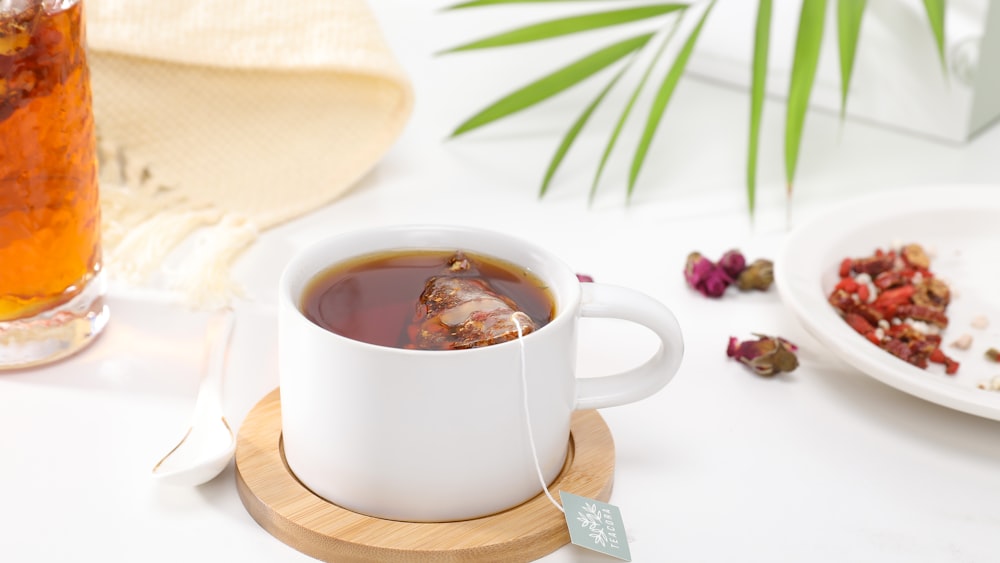
Twig tea is a powerhouse of nutrients, including antioxidants, catechins, and L-theanine, offering a natural way to combat stress and promote relaxation.
Potential Health Benefits and Wellness Contributions
Digging deeper into the health benefits of twig tea reveals a fascinating narrative. Studies suggest it may work wonders for heart health, thanks to its catechin content, and could even aid in weight management due to its metabolic-boosting properties. In a world where stress is as common as a misplaced tea pot, twig tea’s calming L-theanine offers a natural option for those seeking solace in their cup. [3]
Moreover, the mild caffeine content in twig tea makes it a remarkable choice for those looking to reduce their caffeine intake without sacrificing the ritual of a warming tea break. It’s like finding a way to have your tea and drink it too, without the jitters.
How to Source Quality Twigs for Your Tea
As you set off on this twig tea adventure, remember: not all twigs are created equal. Here’s how to ensure your brew is not just palatable but exemplary.
Identifying the Right Twigs for Tea Making
To make the best twig tea, one must become a bit of a botanical detective. You’re looking for twigs and stems from the tea plant – specifically those that are young, slender, and have spent their lives basking in the right balance of sunlight and shade.
These twigs should whisper tales of their green tea heritage, hinting at their future potential to infuse your cup with a light, soothing flavor. It’s about finding the balance between age, character, and the promise of a delightful aroma – not unlike choosing the perfect cast for a high-stakes culinary production.
Finding the best twig tea involves being a botanical detective, selecting young, slender twigs with the right balance of sunlight and shade to infuse your cup with a light, soothing flavor.
Sustainable and Safe Sourcing Practices
In the pursuit of the perfect twig tea, one must tread lightly on the earth. Sustainable sourcing means engaging with suppliers who prioritize the health of the tea plant, the wellbeing of their farmers, and the integrity of their land.
It involves tracing the twigs back to their roots – often quite literally – to ensure they come from environmentally friendly farms where the tea plants are treated with respect and care. Safe sourcing also includes verifying that your twigs haven’t been exposed to harmful chemicals, ensuring that your tea is as pure as the intentions behind it.
Step-by-Step Guide to Making Twig Tea at Home
Embark on a journey from twig to teacup with this comprehensive guide on how to make twig tea at home. By following our step-by-step instructions, you’ll transform ordinary twigs into a delicious and aromatic tea. Whether you’re a tea aficionado or a curious newbie, brewing twig tea can be a simple yet rewarding ritual. Get ready to steep yourself in the art and science of twig tea making.
Preparing Your Twigs: Cleaning and Roasting
First things first, sourcing your twigs. You might be tempted to just pluck something off the nearest tree, but remember, not all twigs are created equal in the world of twig tea. Once you’ve got your hands on the right twigs, it’s time for a spa treatment – for the twigs, of course. Wash them gently but thoroughly under running water to remove any dirt or little critters who thought they hitched a ride to paradise.
Next up, it’s roasting time! This step is kind of like giving your twigs a tan, only they’re getting toasty instead of sun-kissed. Spread them out on a baking sheet and pop them into a preheated oven. You’ll want to keep an eye on them, turning occasionally until they achieve a rich, golden brown color – this usually takes about 10-15 minutes.
The roasting process is not just for aesthetics; it deepens the flavor of your tea, imparting a warm and slightly nutty aroma. Consider this stage the difference between a good twig tea and a great one. Listen for a gentle crackling as the twigs begin to dry out – that’s the sound of them getting ready to brew a splendid cup of tea.

Brewing Your Twig Tea: Temperatures and Times
When it’s time to transform your twigs into tea, the temperature and brewing time are your magic wands. Boil water and let it cool just a bit so that it’s around 90°C (194°F). If you go pouring boiling hot water over your twigs, you might just scorch them, leading to a bitter taste. And who wants a bitter tea? Exactly, no one.
Pour the water over your twigs and let them steep. Now, here’s where personal preference plays a big role. You’re looking at anywhere from 3 to 5 minutes of steeping time, depending on how strong you like your twig tea. Think of it as a choose-your-own-adventure in tea brewing.
Experiment with the steeping times to find your perfect match. Remember, the longer you let it steep, the more pronounced the flavor. But beware, overstepping is like missing your stop on the train – you might end up somewhere unexpected, with a taste that’s a tad too robust.
Flavor Enhancements: Natural Additives for Your Tea
Just when you thought twig tea couldn’t get any better, in come natural additives to elevate your tea game. Imagine your cup of tea as a canvas, and honey, lemon, or even a cinnamon stick as your paintbrush. A spoonful of honey not only adds sweetness but also complements the earthy notes of the twig tea.
For a zesty twist, squeeze a dash of lemon juice into your cup. It’ll add a refreshing vibe to your tea, making it an ideal drink for those warm, lazy afternoons. These natural additives are not just about flavor, they’re about creating an experience, transforming each sip into a sensory journey.
Natural additives like honey, lemon, and cinnamon can transform your twig tea into a sensory journey, enhancing the flavor and creating a refreshing experience.
Enjoying Your Twig Tea
Finally, you’ve made it to the zenith of the twig tea experience. It’s not just about the taste, it’s about savoring each moment. From the aromatic steam that rises from your cup to the warmth that envelops your hands as you hold it, enjoying your twig tea is a ritual in itself. So, find a cozy spot, take a deep breath, and let this unique beverage transport you to a place of calm and contentment.
Best Practices for Serving and Savoring Twig Tea
To truly honor the twig tea you’ve so lovingly crafted, serving it in a ceramic or porcelain teapot can add an extra layer of aesthetic and taste appreciation. Why not go the extra mile by pre-warming your teapot? This step ensures that your tea stays warm longer, enhancing the overall tasting experience.
When savoring your tea, take the time to appreciate its color and aroma before taking the first sip. Allowing the tea to cool slightly will not only prevent you from burning your tongue but will also help in recognizing the subtle flavors and notes that are present. Remember, twig tea is like a fine wine – it’s all about the slow savor and the deep appreciation of the nuances in each sip.
Pairing Twig Tea with Food
Twig tea, with its unique aroma and mellow taste, pairs wonderfully with a variety of foods. For a truly harmonious dining experience, consider light pastries or scones. The subtle sweetness and buttery texture of these treats complement the earthy tones of the tea.
For those looking for a health-conscious option, nuts and dried fruits serve as excellent accompaniments. They not only add a crunch but also enhance the tea’s natural flavor with their natural sweetness and richness. This combination is perfect for those mid-afternoon breaks where you want something light yet satisfying.
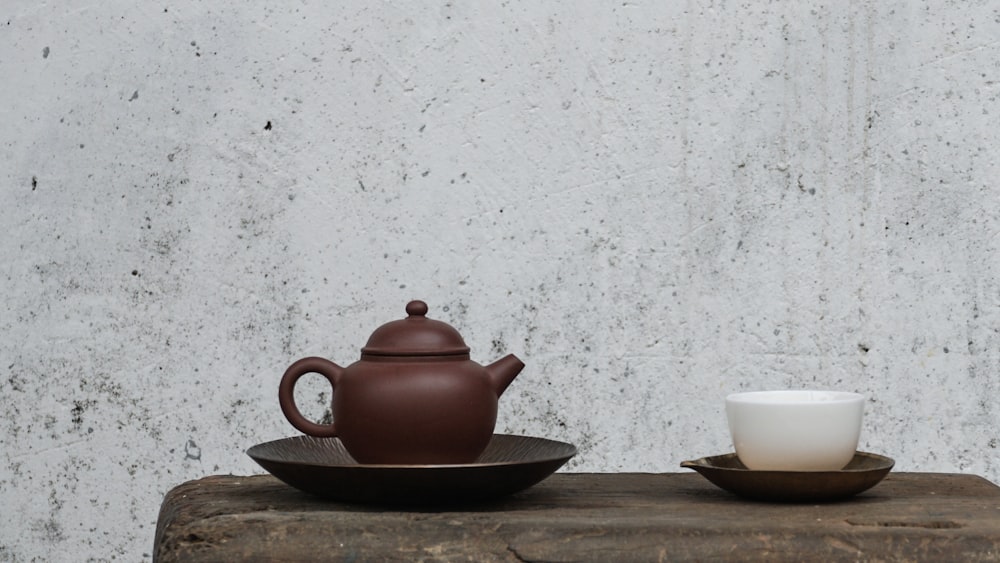
FAQs
1. Can twig tea be reinfused?
Reinfusing twig tea is indeed an option, allowing you to enjoy your tea leaves for more than one brewing.
2. How do I store leftover twig tea?
Storing leftover twig tea involves keeping it in a tightly sealed container in a cool, dry place to maintain its freshness.
3. Is twig tea suitable for all ages?
Twig tea is generally suitable for all ages, offering a delicate caffeine content that is typically lower than other teas.
4. Can I make twig tea with any type of tree branch?
It’s important to know that not all types of tree branches are suitable for making twig tea. Opt for specific species that are known to be safe and flavorful.
Conclusion
In wrapping up, this guide into the world of twig tea should equip you with everything needed to embark on your own tea-making adventure. From choosing the right twigs to brewing that perfect cup, the journey of how to make twig tea at home is filled with simple pleasures and nuanced flavors waiting to be explored.
Reflecting on the process, it’s clear that making twig tea is more than just a beverage preparation; it’s an artisanal practice that marries tradition with personal creativity. By incorporating variety in flavors, exploring different roasting techniques, and experimenting with brewing times, each cup becomes a reflection of one’s personal taste and a symbol of craftsmanship.
So, I encourage you to dive in and explore the diverse, aromatic world of twig tea, and I assure you, the richness of your experiences will be matched only by the depth of flavors in your cup. Here’s to your next cup of twig tea, may it bring you joy and a deeper appreciation for the simple, beautiful things in life. Warm wishes and happy brewing,
Zoe

